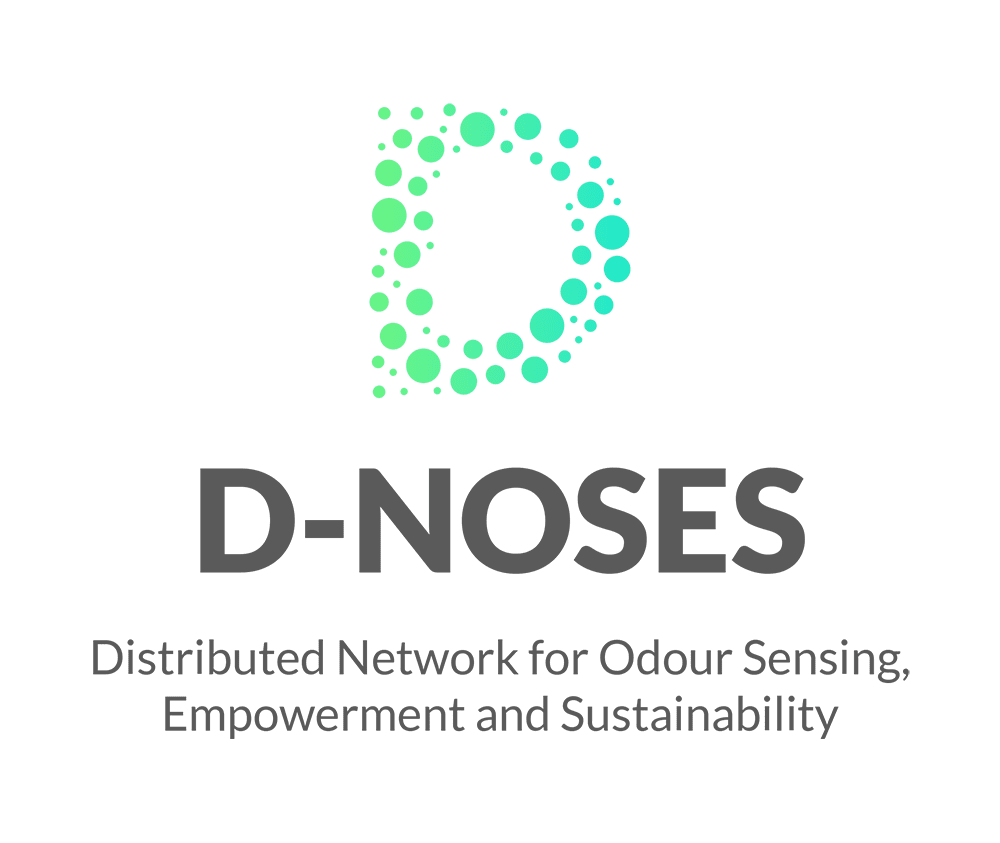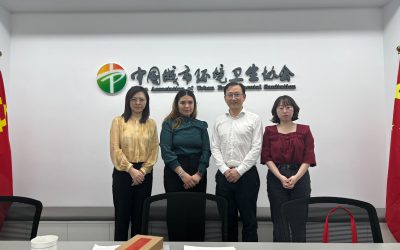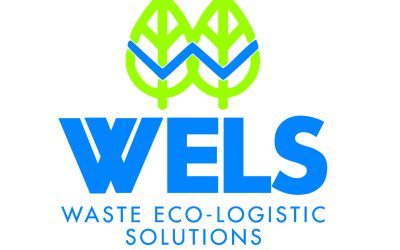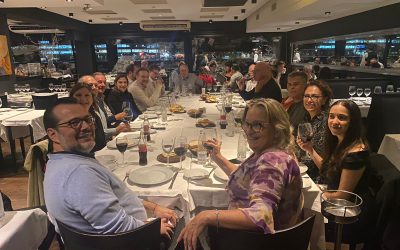D-NOSES – Distributed Network for Odour Sensing Empowerment and Sustainability
Empowering citizens with Responsible Research and Innovation, citizen science and co-creation tools to design odour pollution control measures at local, national and global levels with CSOs, NGOs, local public authorities, odour emitting industries and academia.
This initiative was born from the lack of a unified proper response to odour issues, and the need to fill in this perceived regulatory gap. After all, odours are the cause of the second most common environmental complaint after noise, at least in Europe, and our experience outside of Europe has so far shown that it tends to be the same worldwide. There are reasons why regulation has tended to be insufficient. Odours are difficult to measure and have some subjective characteristics. The impact on people exposed to them depends on real-life conditions and can be more significant than the commonly accepted mere nuisance. The D-NOSES project answers the need for a reliable way to measure odour impact, which can pave the way towards better and more common-sense regulation.
After 3.5 years, the D-NOSES project has come to an end. Or has it?
For those that have not followed its progress, the goal was to develop and test a citizen science-based solution for improved odour management. In essence, it puts to use the best odour detector we know of – the human nose – to good use by letting citizens report on odours they encounter in their daily lives. These reports have the advantage that they are a direct measure of impact and can be validated using retro-trajectory modelling. This uses weather data to plot the odour path and find the possible odour sources. In combination with process information from the odour emitter, it is then also easier to diagnose and propose mitigations.
Want to know more about the project? Watch the introduction video:
This was tested in 10 pilot cases, mostly around Europe but also one in Chile and another in Uganda. The pilots applied the D-NOSES methods in a more innovative and locally relevant way. For example, in Portugal it was used as a method to detect illicit waste dumping in the Rio Tinto River. In Sofia, it was used to optimize the collection of food waste to further eliminate smells. Want to know what we learnt from all these pilots? Watch the results video:
The project culminated in a special online session for the European Parliament on Odour management. This was done in collaboration with the European Parliament Intergroup on “Climate Change, Biodiversity and Sustainable Development”; their job is to bring together Members of the European Parliament (MEPs) from all political groups and Parliamentary Committees to find sustainable solutions to some of the greatest challenges of our time. We are grateful to Joachim Quoden, Chair of the ISWA European Group, who represented the waste and other odour emitting industry in this session.
At the event, the D-NOSES team presented its Green Paper on Odour Pollution that focuses on citizen science-based solutions to help reach common sense solutions, based on the efficient collection of real impact data and a constructive dialogue between affected citizens, local governments and the industry. The paper argues for a more harmonized global or European approach. Without this, addressing odours at local level is challenging and leaves citizens who have to deal with odour annoyance in their daily lives to their own devices, while odour emitting industries also do not have the benefit of a clear regulatory framework or a continuous monitoring system to more effectively adapt their activities.
So is this how it ends? No, the legacy of the project has been enshrined in the International Odour Observatory, an ongoing endeavour to promote and keep on developing the results of the project. In fact, it is a one-stop-shop for all odour management related information and tools. It provides information on the use of the collection and stakeholder engagement methods developed during the project, as well as access to the tools made available for replicability.
Want to know more about D-NOSES? Visit the International Odour Observatory, or contact the GS with any questions you may have.




